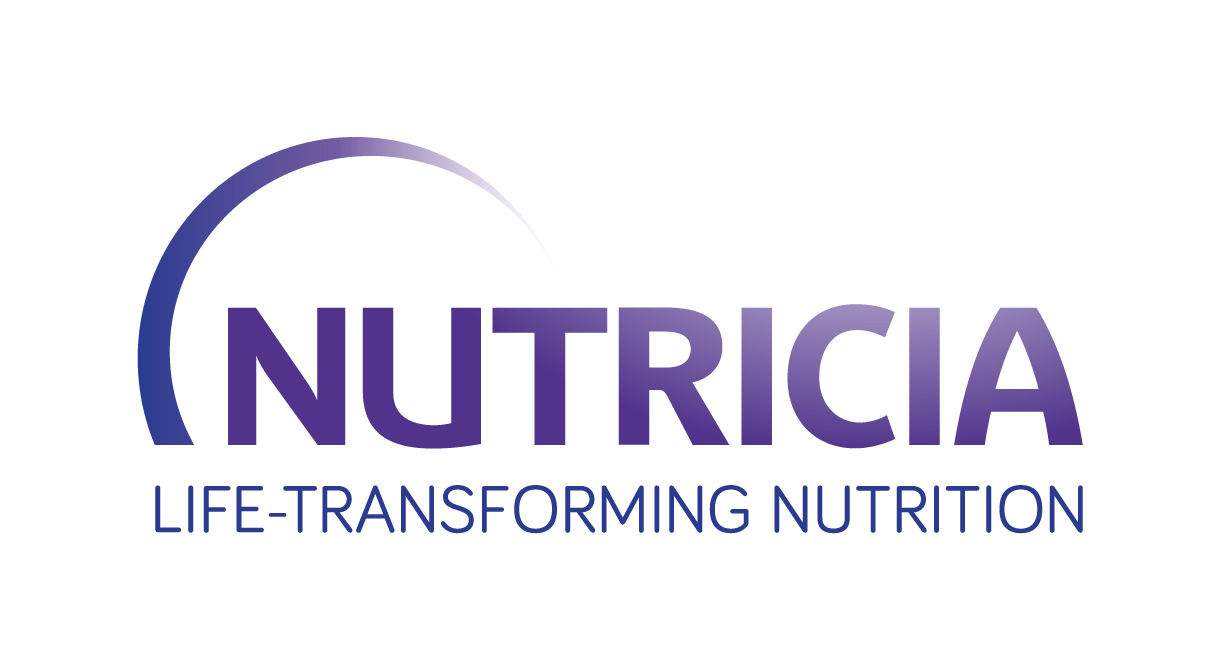Causes and symptoms of cerebral palsy
Cerebral palsy is caused by damage to the brain before, during, or shortly after birth. The damage may occur for many different reasons – for example, an infection in either mother or baby, or complications during birth resulting in reduced blood and oxygen supply to the baby’s brain3.
Cerebral palsy is typically detected in infants aged between 12 and 24 months. Early signs may include infants being slower to learn skills such as rolling over, sitting up, standing, and walking. If symptoms are mild, cerebral palsy may not be discovered until later in childhood3.
Cerebral palsy causes lifelong problems with movement, posture, and balance. Typical symptoms of cerebral palsy include poor muscle co-ordination, exaggerated reflexes, stiffness, weakness, and difficulties when speaking, eating and swallowing3.
The severity of these symptoms varies from person to person. Some children with cerebral palsy can walk independently and manage daily activities without help; others will need a wheelchair, tube-feeding, and lifelong specialist care3.




_1200x628-1?ts=1708930076015&dpr=off)

